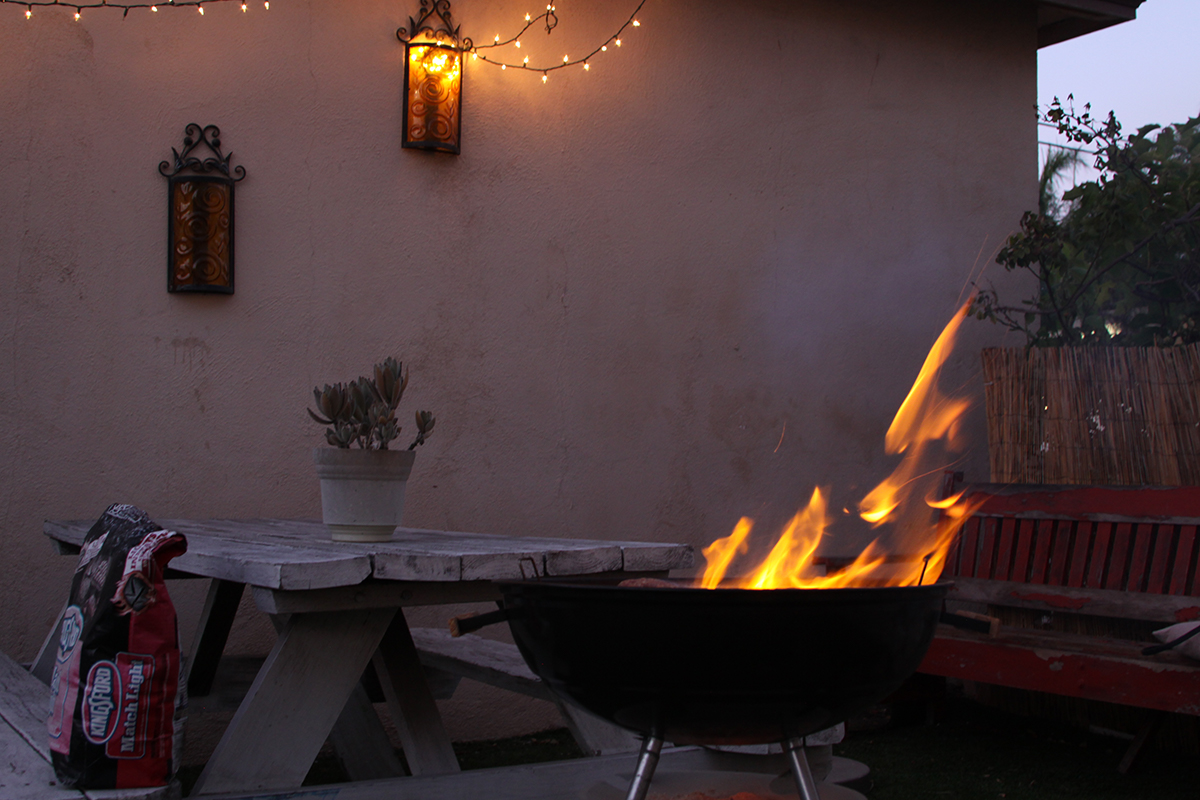Outdoor kitchens have become increasingly popular as homeowners look to extend their living space and bring the indoors out. With their combination of functionality and versatility, they offer a unique blend of convenience, style, and entertainment. However, creating an outdoor kitchen requires careful planning and consideration. From choosing the right location that offers a balance between convenience and aesthetics, to selecting appropriate appliances that can withstand outdoor conditions, there are various factors to consider. Furthermore, understanding local zoning and building laws, considering privacy, and planning for utilities such as gas, electricity, and water are equally critical. This guide delves into the ins and outs of creating a cozy outdoor kitchen, offering insights and tips to help you navigate the planning and execution process effectively.
Consider the Location
Your outdoor kitchen should be conveniently located, ideally near your indoor kitchen. It should also offer a pleasing view without being too exposed to the elements. A perfect location would be under a pergola or covered patio, which offers protection from rain and harsh sunlight while still providing an outdoor feel. Additionally, consider the direction of prevailing winds to ensure smoke from your grill doesn’t blow into your home. For example, if you are considering getting the Temple and Webster outdoor table for a picnic, make sure it is placed in an area where the wind won’t blow smoke directly into your seating area; but if you are using gas appliances, this may not be a big concern. More importantly, take into account the topography of your yard to determine if any grading or leveling is needed for a smooth and stable cooking surface.
Choose Durable Appliances
Opt for appliances specifically designed for outdoor use. They should be weather-resistant, easy to clean, and able to withstand temperature fluctuations. Grills, for instance, should be made of stainless steel or other rust-resistant materials to prevent damage from exposure to moisture. Look out for features such as a built-in drip tray and grease trap that make cleaning easier. Also, consider the functionality you require when choosing appliances- whether you need a basic grill or a full outdoor kitchen setup with refrigerators, sinks, and storage cabinets. Open flame cooking may require a fireproof work surface, such as granite or concrete, while electric appliances can be installed on any type of countertop.
Understand Local Regulations
Ensure you comply with local zoning, building laws, and homeowners association regulations. Proper permits may be necessary prior to construction. Additionally, check for any restrictions on the type of cooking appliances and fuel sources allowed in your area. You may also have to adhere to specific safety measures such as installing a fire extinguisher or having proper ventilation for gas appliances. Moreover, consult with your neighbors, especially if you live in close proximity to them, to ensure your outdoor kitchen does not create any disturbance or privacy issues. For instance, you may want to install a privacy screen or use landscaping to create a barrier between your backyard and your neighbor’s yard.
Plan for Utilities
Access to gas, electricity, and water is crucial. Plan the layout considering the utilities you will need and how to safely integrate them into your outdoor kitchen. A licensed professional should handle any gas or electrical work to ensure proper installation and safety. If possible, consider using existing utility lines to save on costs. For water, install a sink with hot and cold running water for convenience. Additionally, factor in lighting for evening use and safety. In addition, consider adding a ceiling fan or outdoor heater to provide comfort during cooler evenings. If your outdoor kitchen is far from your main house, you may also need to plan for additional lighting or power sources.
Prioritize Comfort and Functionality
Incorporate comfortable seating areas and ample storage. Consider features like a built-in barbecue, sink, or even a wood-fired pizza oven for added functionality. Outdoor furniture should be durable and easy to clean, with weather-resistant fabrics. Additionally, consider shading options such as umbrellas or retractable awnings to provide protection from the sun while still allowing for an open-air feel. Furthermore, adding a music system or TV can enhance your outdoor cooking experience. In terms of storage, choose cabinets and shelving that are specifically designed for outdoor use to prevent damage from exposure to moisture. Finally, don’t forget about incorporating greenery into your outdoor kitchen space with potted plants or vertical gardens.
Creating a cozy outdoor kitchen is an exciting project that can significantly enhance your home’s value and functionality. With proper planning and consideration, you can create a space that seamlessly blends the convenience of indoor cooking with the beauty and relaxation of the outdoors. Remember to carefully choose your location, select durable appliances, understand local regulations, plan for utilities, prioritize comfort and functionality, and incorporate aesthetic elements for a truly cozy outdoor kitchen experience.


